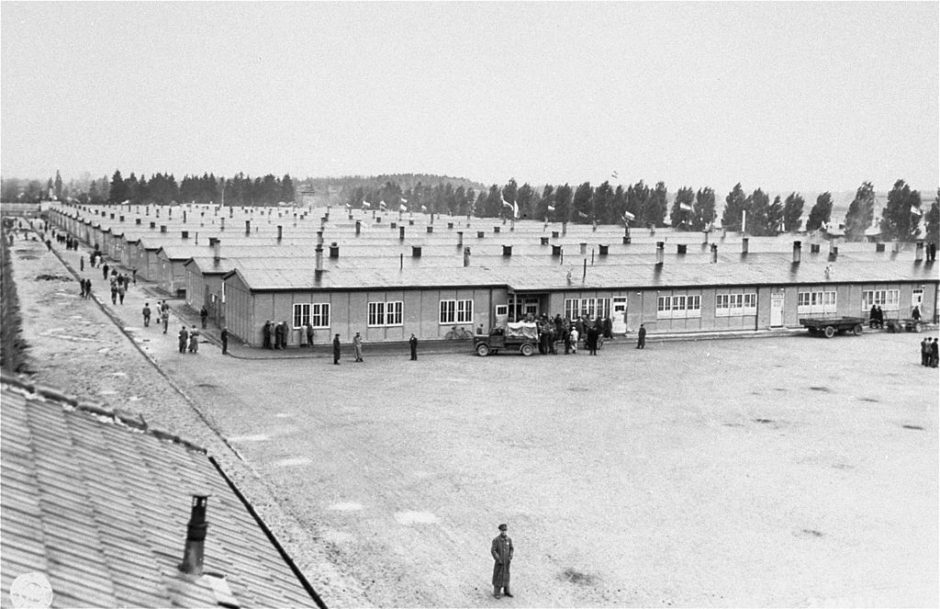Dachau was an “academy of violence,” as Christopher Dillon puts it in his chillingly informative book, Dachau & the SS, published by Oxford University Press. The first camp of its kind in Germany, it was a template for the Nazi concentration camp system — “a national school of violence” for the personnel who would go on to manage camps such as Auschwitz-Birkenau and Treblinka.
In short, Dachau, liberated by U.S. forces on April 29, 1945, was a place whose guards were schooled in the “Dachau spirit” of steely resolution and the techniques of terror, says Dillon, a lecturer in modern European history at King’s College London.
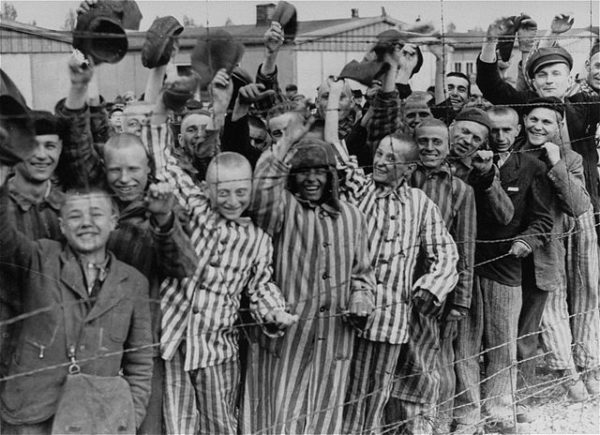
Alumni of Dachau would rise to positions of authority in the SS camp network. Richard Baer, Max Koegel and Martin Weiss would become the commandants of Auschwitz, Ravensbruk and Majdanek respectively, exporting the methods they had learned there to camps throughout Germany and Nazi-occupied Europe.
In this volume, billed as the first systematic study of pre-war Dachau, Dillon documents its history and development in meticulous fashion.
During the 19th century, Dachau, a town 18 kilometres northwest of Munich, was renowned for its beer, spas and colony of painters who specialized in wistful landscapes. With industrialization, a paper factory was built, and soon it became the largest facility of its kind in Germany. In 1916, at the height of World War I, a vast munitions and gunpowder plant was constructed on 190 aces of land.
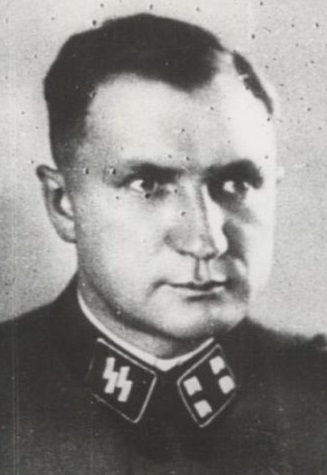
The 1919 Treaty of Versailles ended production and threw its workers out of jobs. As a result, the predominantly Catholic Dachau district was afflicted with the highest unemployment rate in Germany during the Weimar Republic period. Due to this reason, presumably, left-wing political parties enjoyed strong local support from the rssidents of Dachau
In 1933, the SS assumed control of the shuttered armaments factory, which was composed of hundreds of buildings, and converted it into a concentration camp. Throughout the 1930s, it was renovated and expanded.
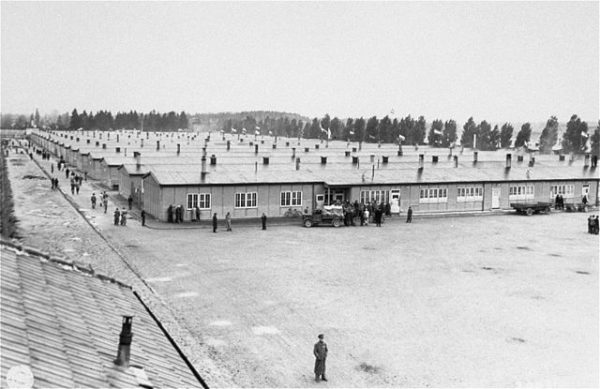
Although Jews comprised a substantial proportion of its population, the inmates in Dachau ranged from political prisoners and Jehovah Witnesses to “race defilers” and monarchists. Most were put to work to attend to the maintenance of the camp.
Shortly after Kristallnacht, the nation-wide pogrom in November 1938 that spelled finis to Germany’s Jewish community, 10,911 Jewish men were brought to Dachau. The majority were released within a few weeks and months. In general, Jews were imprisoned in Dachau as political prisoners, asocials, criminals, “race defilers” and returned emigrants, says Dillon. On the eve World War II, 12 percent of Dachau’s inmates were Jewish.
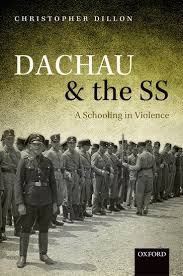
Dachau guards were under strict orders to be tough and aloof. “Any man in our ranks who can’t stand the sight of blood doesn’t belong here, he should get out,” one group of guards was told on arrival in the camp’s first year of operation.
By Dillon’s reckoning, the commandants of Dachau shared some striking common characteristics. They had fought on the Western front during World War I as volunteers or professional soldiers. They had joined the Nazi Party in its formative phase. And with the exception of one commandant, they were in their 40s when they were appointed to their positions.
Dillon draws instructive pen portraits of some of them.
Hans Loritz, Dachau’s final pre-war commandant, was born in 1895 in Augsburg, the son of a policeman. Trained as a baker, he was wounded several times during the war. Following his father into the police, he joined the Nazi Party in 1930, three years before Adolf Hitler’s accession to power. In 1934, he was assigned to command the Esterwegen concentration camp. So when his Dachau promotion came through, he was its first commandant with experience in another camp.
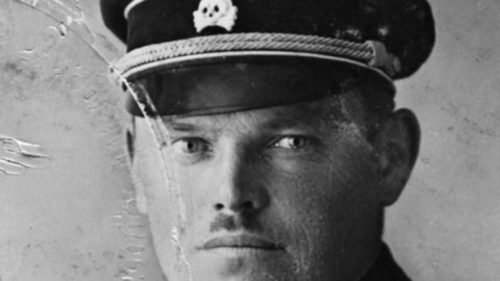
These commandants set the tone for a camp that would inspire fear and become a symbol of a despicable regime.
Dachau & the SS fleshes out these themes thoroughly.

